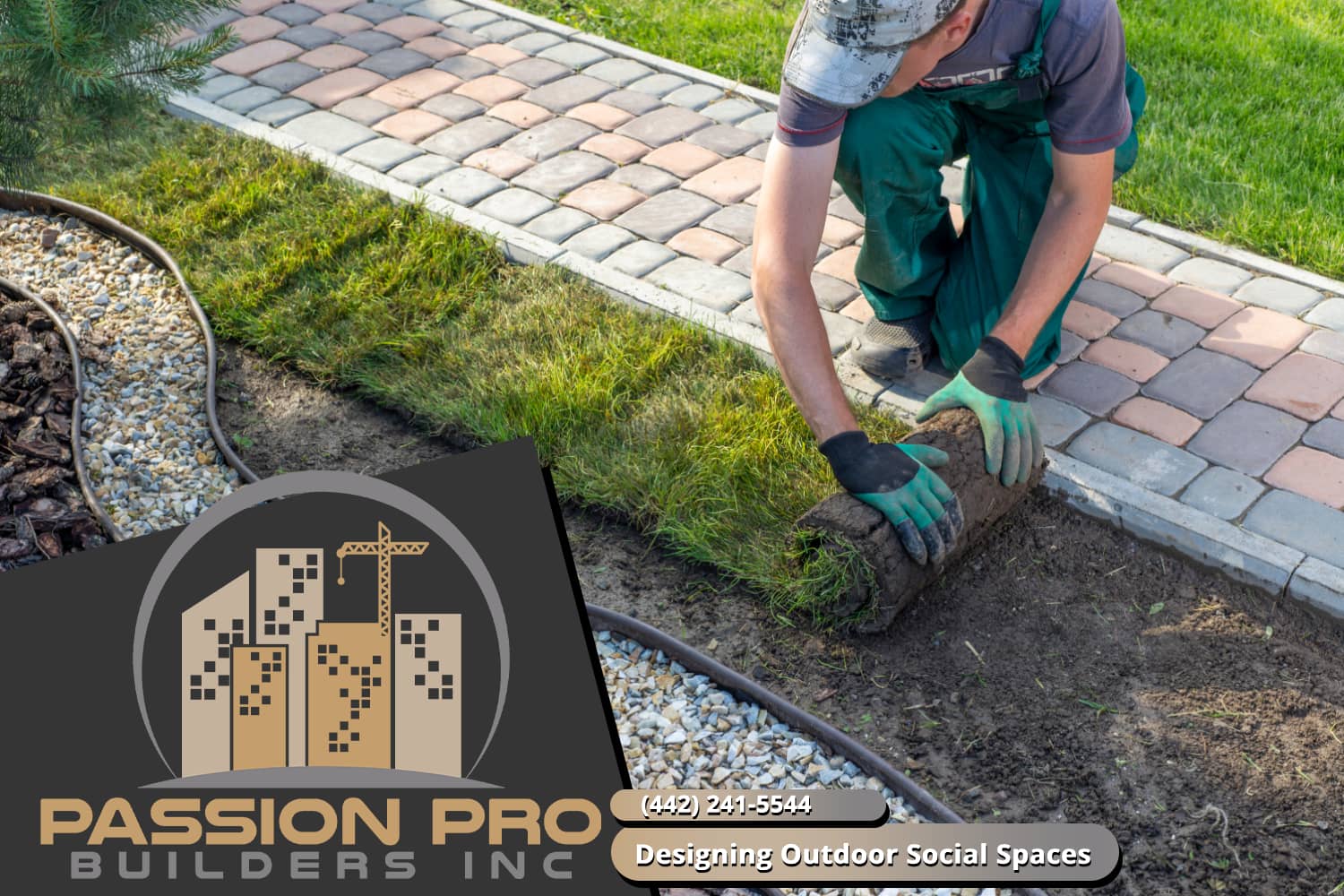Hilton Head Landscapes for Dummies
Hilton Head Landscapes for Dummies
Blog Article
Hilton Head Landscapes - An Overview
Table of ContentsHow Hilton Head Landscapes can Save You Time, Stress, and Money.The Only Guide to Hilton Head LandscapesThe Only Guide for Hilton Head LandscapesAbout Hilton Head LandscapesThe Buzz on Hilton Head LandscapesThe Ultimate Guide To Hilton Head LandscapesThe Single Strategy To Use For Hilton Head Landscapes
Line develops all forms and patterns and can be used in a range of methods the landscape. Line in the landscape is developed by the edge between 2 materials, the overview or shape of a type, or a long straight function. Lines are a powerful tool for the developer since they can be utilized to develop a limitless variety of forms and forms, and they manage movement of the eye and the body.

Lines can have several features, such as those explained listed below, but they normally serve various functions. Number 1. Lines in the landscape - bluffton landscaping. The properties of lines establish how people respond to the landscape, both emotionally and physically. Straight lines are structural and forceful; they create a formal character, are typically related to an in proportion layout, and lead the eye directly to a centerpiece.
Not known Incorrect Statements About Hilton Head Landscapes
Bent lines create a casual, all-natural, kicked back character that is linked much more with nature and unbalanced equilibrium. Bent lines relocate the eye at a slower pace and add mystery to the room by producing covert views.
Upright lines in the landscape consist of tall, narrow plant product, such as trees, or high structures, such as an arbor or a bird home on a post. Straight lines relocate the eye along the ground plane and can make an area feel bigger. Low lines are more suppressed and develop a sensation of remainder or repose.
The 5-Minute Rule for Hilton Head Landscapes
Lines are also developed by the upright types of developed functions and plant product. There are 3 main line types that create type in the landscape: bedlines, hardscape lines, and plant lines.
Bedlines connect plant product to your home and hardscape due to the fact that the eye adheres to the line, relocating the stare with the landscape. Hardscape lines are created by the side of the hardscape, which defines the constructed structure. Line can also be developed by long and slim materials, such as a fencing or wall.
Excitement About Hilton Head Landscapes
Type is located in both hardscape and plants, and it is generally the leading aesthetic aspect that spatially arranges the landscape and typically figures out the design of the garden. The type of frameworks, plant beds, and yard accessories also figures out the total form theme of the garden. Official, geometric forms include circles, squares, and polygons.
Plants develop form in the yard with their outlines or silhouettes, but form can additionally be specified by a gap or negative space between plants - Landscaping bluffton sc (https://www.artstation.com/stevengonzales53/profile). Circles can be cycles, or they can be divided right into half circles or circle sectors you can check here and integrated with lines to create arcs and tangents
The 7-Minute Rule for Hilton Head Landscapes
Circles are a solid layout form because the eye is always attracted to the facility, which can be made use of to highlight a focal factor or attach other types. Round types in hardscape and grass panels.
The square type can also be segmented and secondhand repetitively to develop a grid pattern. Unlike circles, squares are more powerful on the brink, which can be aligned or overlapped to produce special patterns and more complex types. Polygons are many-sided types with straight sides. Triangles, for instance, are three-sided polygons.
Meandering lines usually mimic the all-natural training course of rivers or streams and can be explained as smooth lines with deeply rounded undulations. Meandering lines (Figure 3) work well for paths, plant bedlines, and dry stream beds. Meandering lines can add rate of interest and mystery to a yard by leading viewers around edges to find new sights and areas.
Getting My Hilton Head Landscapes To Work

Typical plant types are well established and standardized, as kind is the most constant and recognizable feature of plants. Kind can likewise be created through the massing of plants, where the total mass develops a various form than a specific plant.
A highly contrasting type must be utilized with careone or two work well as a focal factor, yet too lots of produce turmoil. All-natural plant kinds, rather than over-trimmed forms, ought to establish the bulk of the make-up. The relevance of general kind is basically depending on the checking out perspectivethe kind of a tree can show up fairly various to an individual standing under the cover versus viewing the tree from a distance in an open field.
The Best Strategy To Use For Hilton Head Landscapes
Plant forms additionally create and define deep space or open rooms between the plants, producing either convex or scooped forms in deep spaces. High-arching tree branches normally develop a concave open room under the branches, and a round cover with low branches fills the space to create a convex type in the open area under the tree.

Report this page